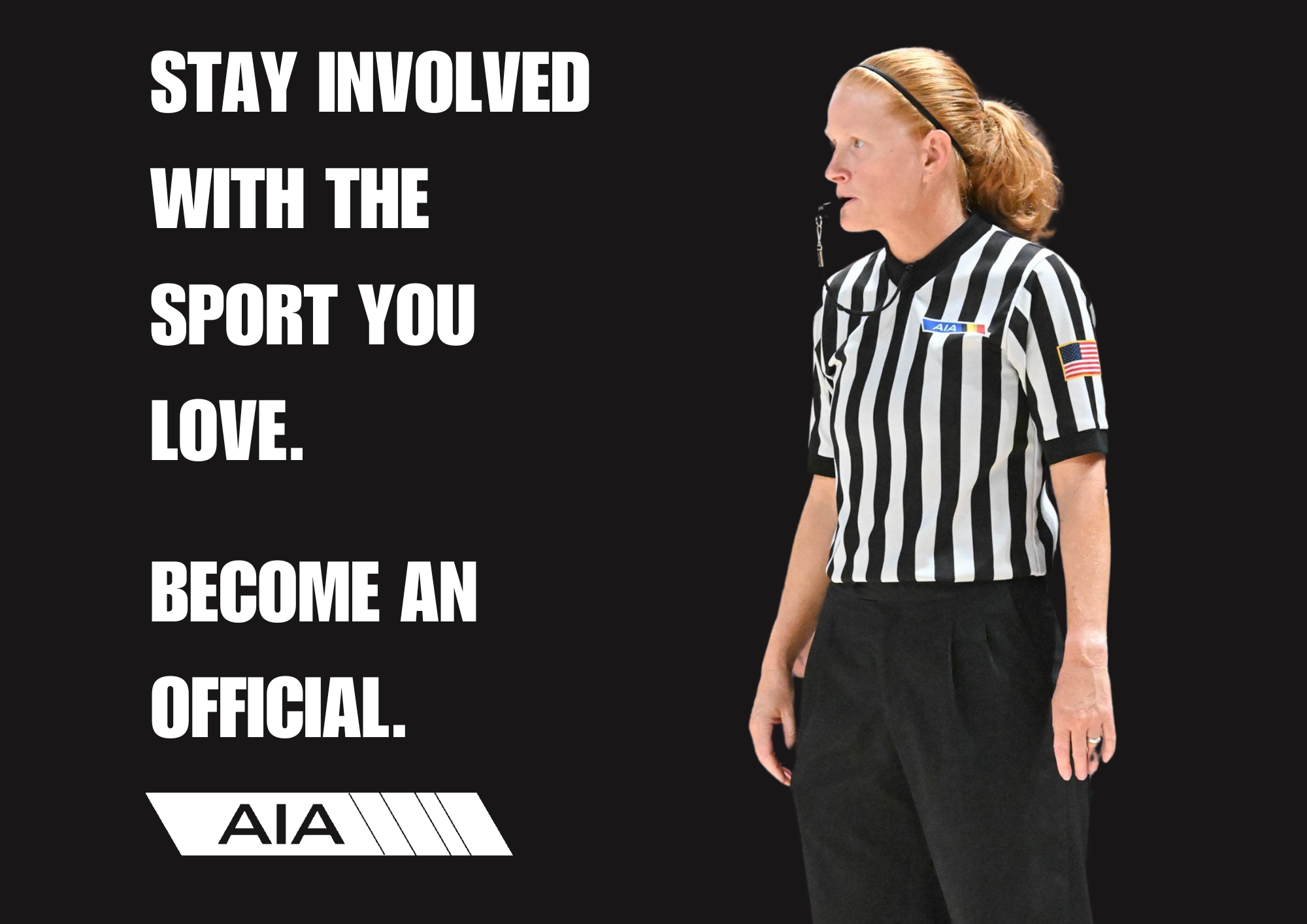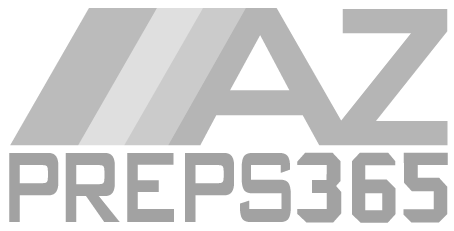Taking the volleyball stand for the 1st time
August 10, 2016 by Jose Garcia, AZPreps365
In my first month of training to become a volleyball official, I developed a silly fear of volleyball stands.
I felt unprepared to climb the stand, where the head official is positioned during a match, and didn’t want to get criticized for blowing a call. To avoid the potential for error, I sat on the sidelines observing the veteran officials and helped call matches but at floor level during my first volleyball officiating classes.
But my stand dodging days ran out recently, and not by choice. Just after one of my classroom training sessions ended at Phoenix College, one of the veteran referees told me to take the stand.
Could I plead the Fifth if something went wrong?
This summer I’m learning to become an Arizona Interscholastic Association official to better understand an important role in high school sports and, hopefully, relay some insight about a tough but rewarding job.
Fortunately, a training official stood below me to help guide me when I was on the stand for the first time. But it didn’t matter.
As I surveyed the entire floor, I focused on not messing up instead of my responsibilities.
I had a whistle, but I couldn’t even hear it when my dry mouth blew it.
And as soon as the match began between two off-season high school teams, I also forgot the sequence of calls I was supposed to make after a play ended.
After the poor start and during a brief break in play, I remembered what my classroom instructor told the rookies.
How do you expect teams to understand us if we don’t understand the (hand signal) language, Jim Feickert kept reminding us.
Volleyball officials communicate with each other via non-verbal signals after a play ends.
Once the nerves went away, I got into a rhythm making calls.
Blow the whistle.
Extend an arm to the side that won the point.
Then signal how it won the point.
Repeat.
Details matter in officiating. Volleyball referees fold their arms at a 90 degree angle or tuck their thumbs in constantly as they make a call.
The ones in rhythm tend to weave themselves seamlessly into the flow of a match. On occasion, a bad tune is struck, causing a moody crowd to chime in after a bad call.
“You can’t get everything,” Feickert told us during a class session.
For volleyball officials, that’s difficult to accept since just one bad call can cost a team a set or a match or transfer the momentum from one team to another.
But officiating matches also demands patience — from coaches, players and fans.
Officials arrive at high school matches with different levels of experience. Blowing their whistles isn’t their full-time job, either.
Most head to a court after completing their regular 9-to-5 shift. Veteran referees that want to sharpen their skills and new officials attend training classes during the summer taught by AIA officials, who volunteer their time.
The classroom sessions are taught by two of Arizona’s best, Bev Nielsen and Feickert, who are also well-respected in national volleyball officiating circles.
“They are our go-to folks,” said Jeanie Kosower, AIA assistant commissioner of officials. “Bev is the state’s rules interpreter, and Jim is one of volleyball’s leaders.”
Nielsen and Feickert are also often assigned Arizona’s big school state championship matches.
As for rookie officials, they don't cover Arizona’s ultra-competitive matches. (Phew.)
The rookies get to prove their mettle first during freshman and junior varsity matches before moving up in rank. But before calling freshman and junior varsity matches, the classroom and court lessons come first.
My training official during my first unofficial volleyball match as the head referee walked away as I stood on the stand during the match. I took it as a sign that I had completed my first baby step successfully.
Up next is my first true volleyball match.
(For more information on how to register to become an AIA official, go here.)


